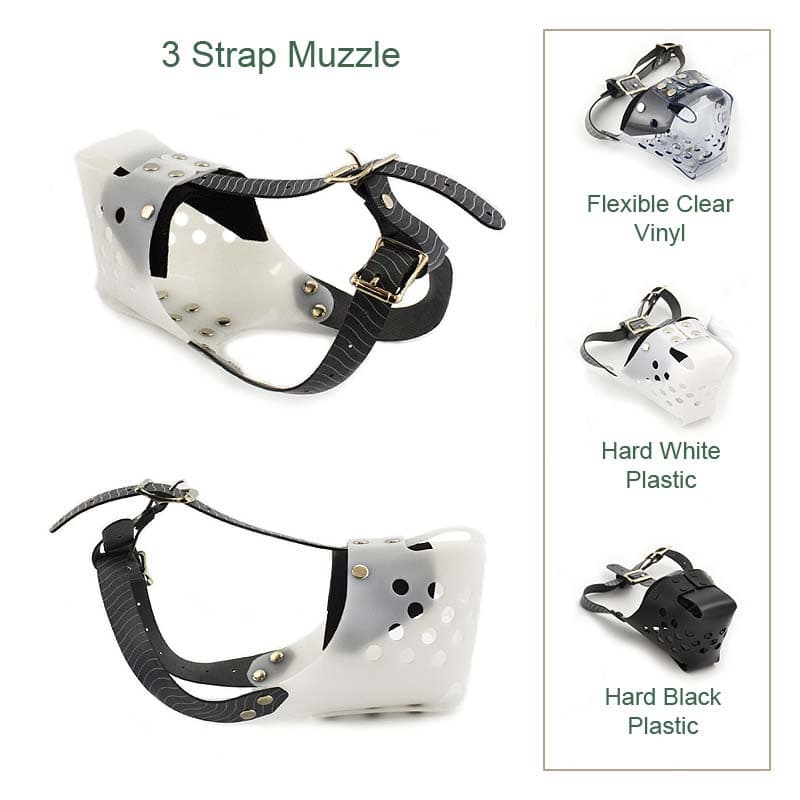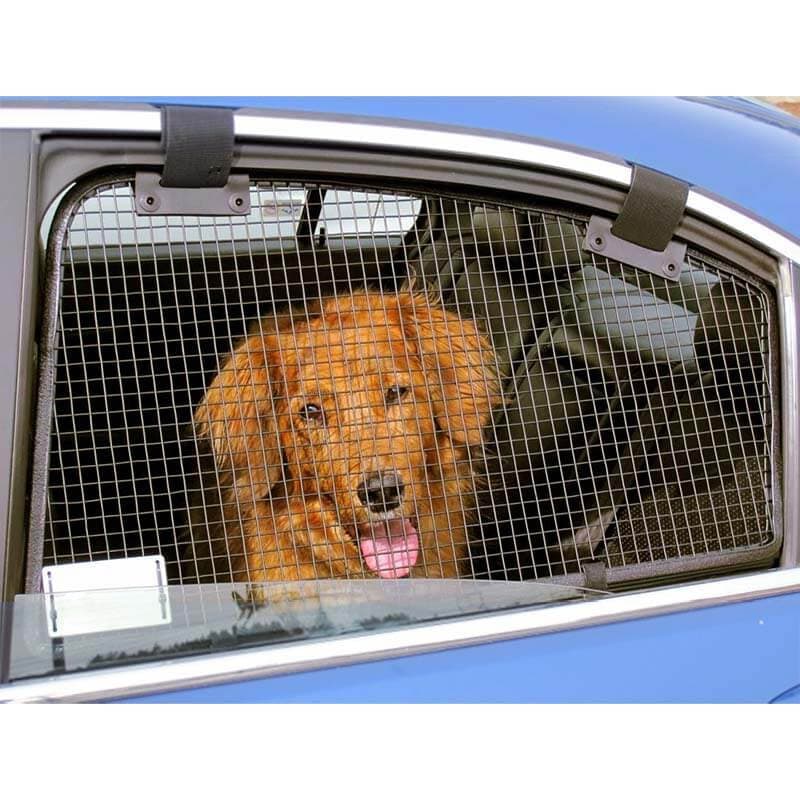Solving Dog Problems Using Positive Dog Training Techniques
Preventing problem is job number one!: Socialization and the creation of a proper living environment are key factors to avoiding problems. Try to imagine all of the elements of his life with humans that he will need to accept to be comfortable with us such as being bathed, walking on streets, vacuum cleaners, etc. Teach your dog that such things are not scary by slowly introducing him using treats, toys and praise.
Another key way to prevent problems with your dog is to create a means of communication through training. Once you've taught the dog that calm behavior is frequently rewarded and that you control access to all of his favorite things, you have made a big step towards solving any problems that may come your way in the future.
Keep your dog's environment appropriate for him. Think about the amount of exercise he's getting, whether his intellect is being challenged, or if he has enough opportunities to socialize with other dogs and people. Make sure his diet is good and his health is well maintained.
Let him feel the confidence that comes from working for a living and the security or having a strong leader. Ask him for a behavior before giving his access to good stuff like the couch or his dinner.
Finding Solutions: Many problems reported by dog owners are with behaviors that are instinctual to the dog such as barking, digging, pulling, jumping up, nipping, chewing etc. Others are things that we have accidentally trained into the dog such as barking for attention. It helps to try to understand what is the dog's motivation for his behavior. For example, why won't your dog come to you when he's playing with other dogs even though he "knows" what "come" means? If your dog chooses not to come to you sometimes it is probably because coming to you is not more rewarding than what he is currently doing. To help change that, when you call him, be sure you have a good treat and often times let him continue playing. Begin your practice with short distances.
Follow the steps below to help you find the solution to any of the problems you are having with your dog:
- Assess his environment and health. Is he getting enough exercise (mental and physical), a good diet, etc? Could this behavior be a result of a medical problem?
- Prevent the behavior from occurring until you've had time to train an appropriate response. For example, instead of repeatedly yelling "No!" at your dog for picking things up off the floor, keep things out of his reach until you've taught the rules. Use gates, crates, leashes, and food-stuffed toys to help you with prevention.
- Make sure you are not rewarding the misbehavior (hint: any response can be interpreted as a reward!) So IGNORE it! If you can't stand it anymore, give him a time out using a neutral tone.
- Think of an incompatible behavior that you could reward. For example: teach your dog to sit instead of jump up to receive affection. Do your best to cue and reward the behavior you want BEFORE your dog begins to misbehave. Make sure your reward is of more value to him than the misbehavior.
- "Set him up" to misbehave and praise and treat the correct response. Say "ah-ah" and walk away and ignore the improper response. Begin with challenges that are easy for him to overcome and gradually build up the difficulty.
- For aggressive or fearful responses: change the association your dog has with the stimulus. Ex. If your dog has a problem with the mailman, teach him that each time the mailman visits he gets a tasty treat. He will soon begin to have a change of heart about the mailman.
- Compromise and be patient!
- Choosing a selection results in a full page refresh.
- Press the space key then arrow keys to make a selection.



